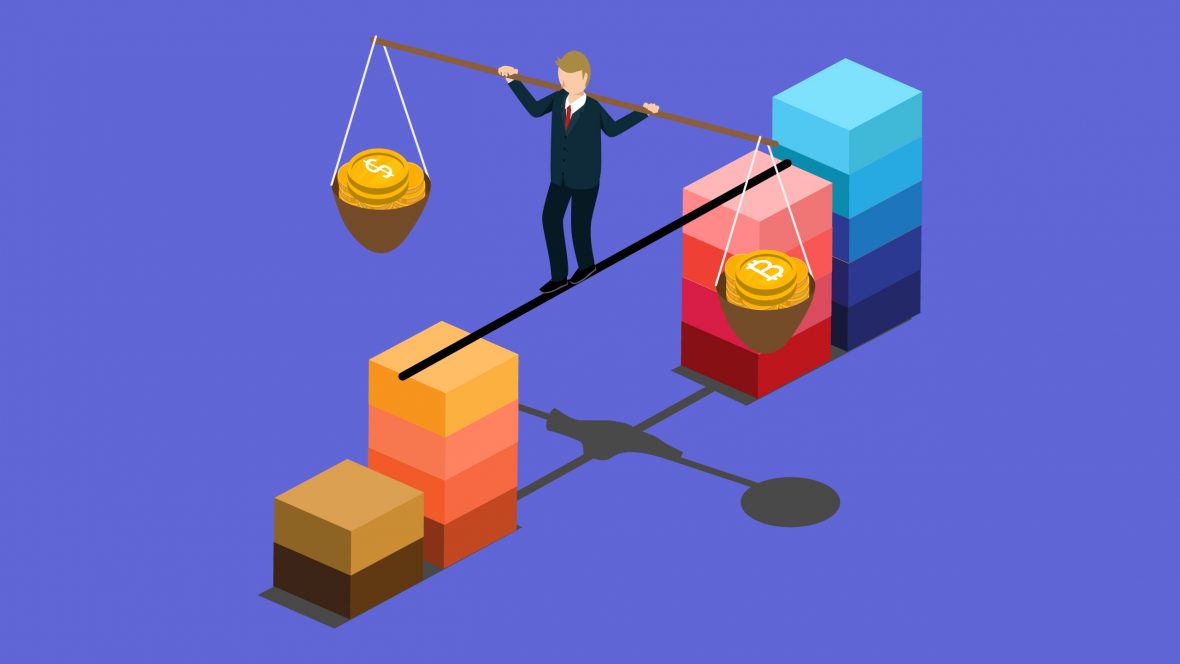Things You Must Know About Stablecoins

When you think of the word cryptocurrency, you’ll likely be thinking of volatile cryptocurrencies like Bitcoin and Ethereum. These tokens changed the way people think about money, but the best thing about them is also the worst: their value is highly volatile and can skyrocket or crash overnight. Investors wanting to play safe will want to steer clear of them and instead invest in stablecoins. For more info visit the 1kdailyprofit.app platform
Stablecoins are backed by an asset. In most cases, these are fiat currencies or even precious metals, like gold. They provide the profitability and anonymity that other cryptocurrencies offer while also maintaining the stability that makes them so popular.
Like all cryptocurrencies, stablecoins are designated as a form of digital currency. They are like the precious metal gold and USD. Cryptocurrencies are subject to almost random market changes, with their value being increasingly volatile.
Stablecoins, pegged to a relatively stable asset like the US Dollar, was created to manage the substantial price swings you’ll see in Bitcoin, Ethereum, and other cryptocurrencies. They are also less influenced by market events due to the same reason and mostly see minute day-to-day changes in their value.
The best part of crypto currency is that most exchanges let you make accounts for absolutely zero cost! If you’re looking for a trading platform, check out Bitcoin Era.

What Are the Types of Stablecoins?
Excluding some minor subcategories, there are three types of Stablecoins. Now, let us dive deeper into the type of stablecoins in detail. Read on to know further.
1. Fiat-Backed Stablecoins
Two famous examples of Fiat-backed stablecoins are USDC and Tether. Tether was among the first stablecoins to enter the market and stands today with the most market capitalization. This token is pegged to the USD value, so you’re rarely going to see price fluctuations like you would in other cryptocurrencies. USDC and Tether are centralized stablecoins, meaning that a particular entity or crypto exchange holds the token.
2. Crypto-Backed Stablecoins
So, what are cryptocurrency-backed stablecoins? Such stablecoins are supported by other cryptocurrencies. Stablecoins backed by cryptocurrencies may be generated to mirror the price of the cryptocurrencies they back or the price of a fiat currency. Stablecoins backed by may monitor the value of a fiat currency using blockchain balancing mechanisms that leverage the stablecoins’ backing to assure price stability. Moreover, the cryptocurrency-backed stablecoins are a more decentralized variant of fiat-backed stablecoins, since they can be established via automated smart contracts with no central authority.
An example of crypto-backed stablecoin is DAI, which is a decentralized token. The value of DAI remains stable because it’s backed by a smart-contract platform operating on the Ethereum network.
3. Commodity-Backed Stablecoins
Remember when we said some cryptocurrencies are pegged on the value of tangible world assets like gold? Commodity-backed stablecoins are backed by the current value of precious materials, like oil and even gold. Tether gold is a famous and frequently seen example of commodity-backed stablecoins.
If you’re wondering why the value of these tokens isn’t subject to frequent change, the short answer is yes, it is. But since most valuable commodities increase in value over time, these are a pretty good way to make money.

Are Stablecoins Profitable?
Yes! Because of the hype around more volatile cryptocurrencies like BTC, stablecoins often get passed over by the public eye. Stablecoins are a low-risk, easy way to make money, and while they won’t make you rich overnight, they can still be a reliable source of passive income.
You also have several other low-risk options for making a profit from stablecoins, like lending them out to borrowers or the slightly riskier method of staking them, though honestly? We’d say start with accruing interest. It’s simple, easy-to-set-up, and intuitive.
Should You Invest In Stablecoins?
Suppose you are concerned about the risk factor in investing in stablecoins. In that case, you should know that cryptocurrencies are frequently highly volatile as compared to stablecoins.
It may be prudent to retain your digital assets in Stablecoins if you cannot maintain a careful watch on market circumstances or developments or if you are just unfamiliar with all of these. Furthermore, cryptocurrencies may experience a “bearish” phase in which the value of all cryptocurrency decreases significantly. During these times, you may protect your digital assets by changing them to Stablecoins.





